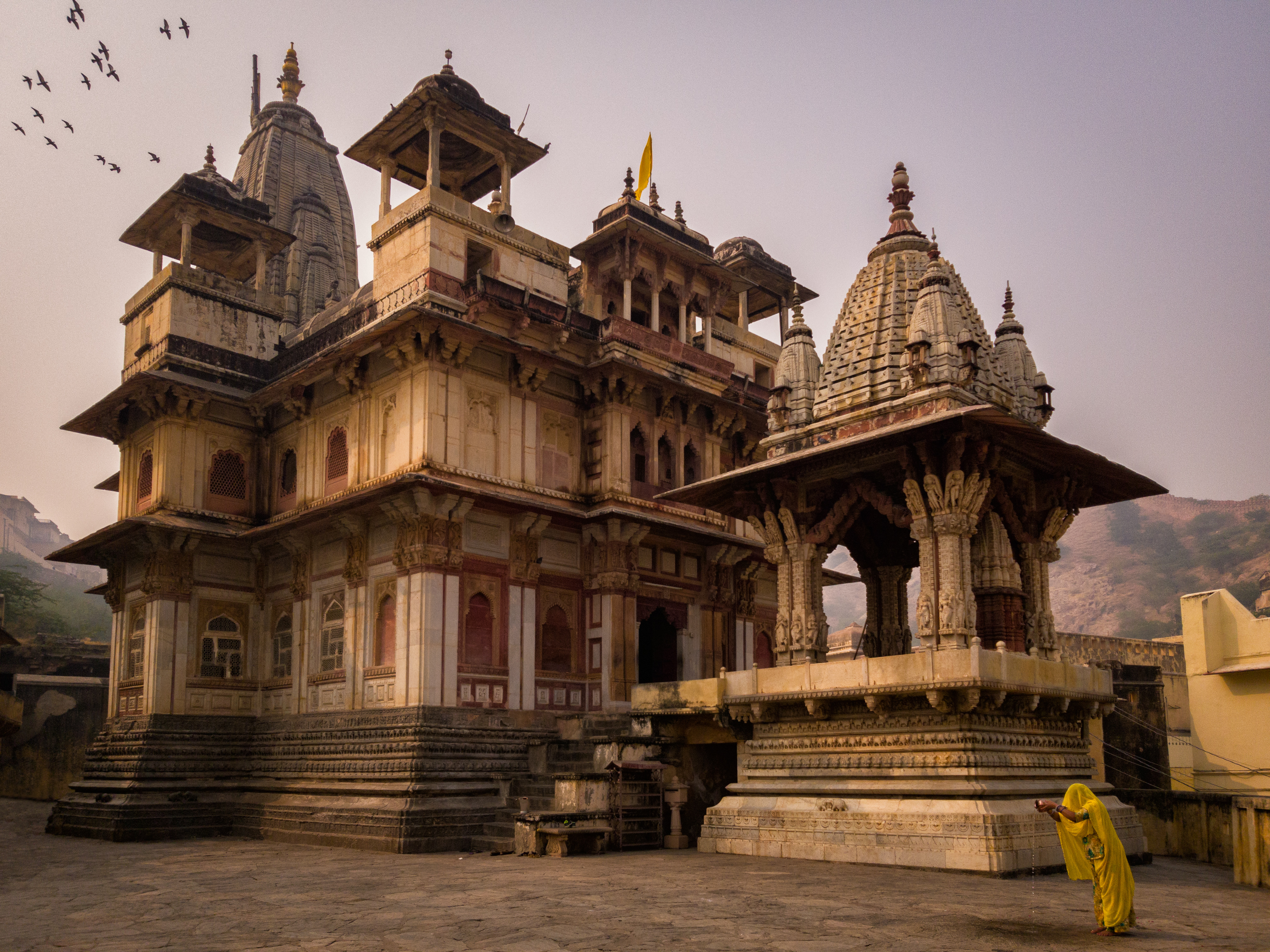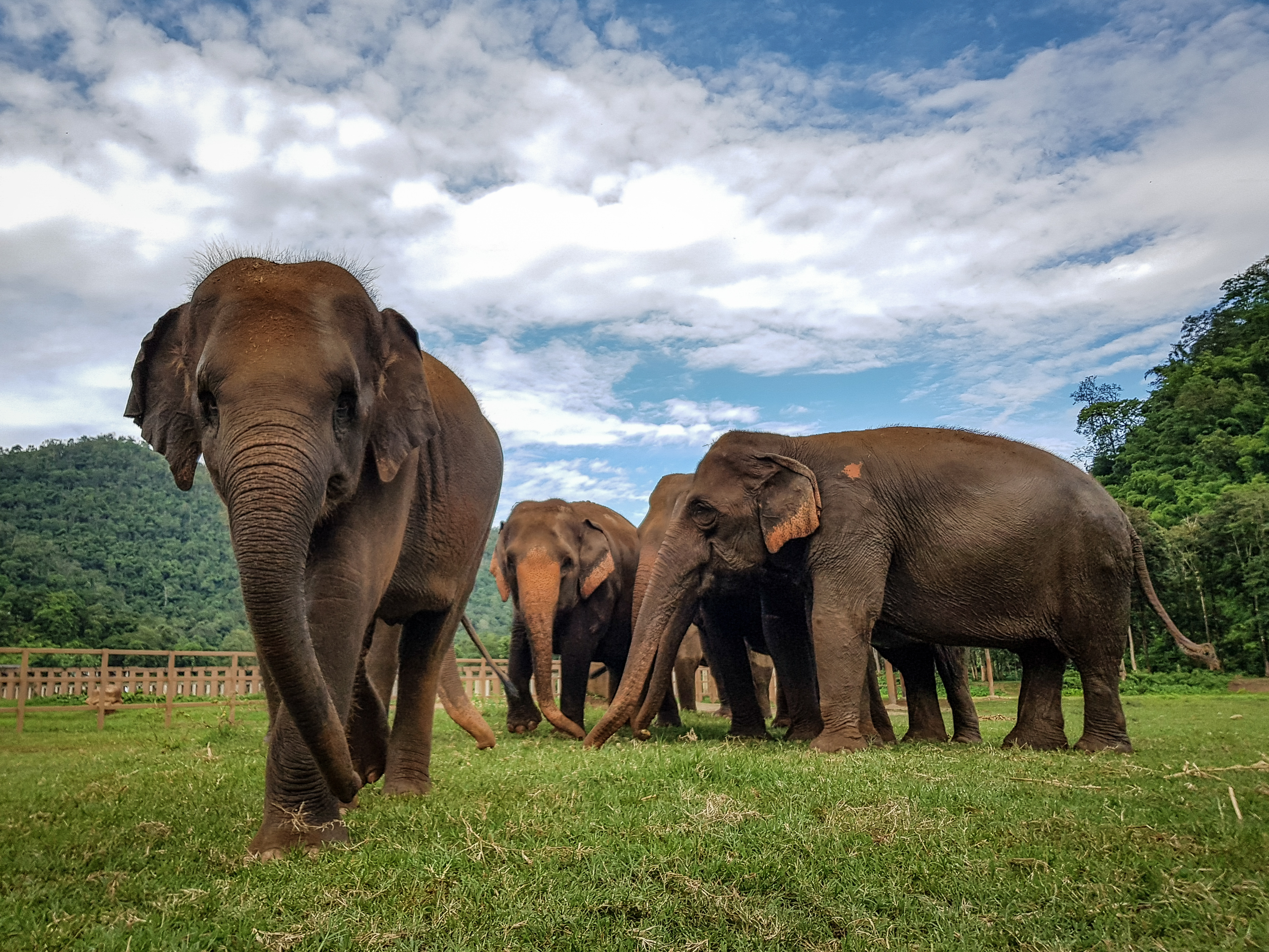They say that “The best camera is the one you have on you.” And the camera most people carry around all day is the one attached to your cell phone. These tips will help you take your mobile photography to the next level:
- It’s all about the light
There is no photography without light. Just like with any other cameras, paying attention to the quality, color, and intensity of the light can dramatically enhance your image and create a stronger mood. For example, the light during sunset will paint the landscape with a golden light, and the softer light during overcast days will prevent strong contrast and harsh shadows. Observe the light and use it to your advantage.
- Clean that lens.
A clean lens is a happy lens. Phones spend a lot of time in pockets and purses gathering dust, and the smudges from sticky fingers block the light and blur the final image. If you want sharp colorful photos, make it a habit to quickly wipe the front of your lens with a soft cloth before taking any shot.
- Use the rule of thirds
A properly composed image will set you apart from the thousands of random snapshots taken every day. Start with the basics and use the rule of thirds to place your subjects in the frame and guide your viewer through the image. Avoid placing important elements in the center of the frame.
- Leading lines
Just like the rule of thirds, leading lines are powerful compositional tools that help you guide your viewer to your main subject. Look for roads, sidewalks, arrows, or anything that points toward your subject and compose accordingly.
- It’s all about the angles
A bad photographer will remain static and take the same shot everyone takes from the same angle. A good photographer will be all over the place, looking for different angles, getting higher or lower, closer or further from the subject. Make it a challenge to change your perspective and photograph the same subject in 5 or 10 different angles.
- Zoom with your feet, not with your phone
The closer you get to your subject, the stronger the connection will be. However, don’t use the zoom on your phone, ever. Unlike an optical zoom, pinching on your phone screen with your fingers only crops the scene and reduces the file size to make it look closer. You’ll end up with a noticeably lower quality image. Instead, zoom with your feet and get physically closer to your subject if you can. If not, get a wider angle and crop later during post-processing.
- Do not use the flash
If you think that flash is going to light up the landscape in front of you at night, think again. Turn that flash off in your phone options and use existing light as much as possible. The bright white frontal light is not color-balanced and will most likely end up flattening your image, adding ugly shadows and turning beautiful eyes into red dots.
- Keep that phone steady
A wrong exposure can be fixed, but a blurry photo is a failed photo. In low light conditions, the phone will slow down the shutter speed, and the slightest amount of handshake can blur the photo. Avoid holding your phone with only four fingers (or what I like to call jazz hands photography). Hold it tight with two hands and keep your elbows against your body. Most phones also allow you to use the volume buttons to take the picture, so you don’t even have to remove your hands to press the shutter button on the screen.
- Set the focus and exposure
A camera is a tool and doesn’t know what it is photographing. It’s up to the photographer to set the focus on the main subject. While composing your image, make it a habit to just tap on your subject and force the camera to focus exactly where you want it to. Additionally, you can also slide your finger on the screen to adjust the brightness of your image and control the exposure.
- Quality and quantity
We live in a digital era and taking a lot of photos is free. Pay attention to your composition and perspective and get quality pictures, but don’t limit yourself! It’s always better to go home with a wide selection of photos to choose from than just a couple of shots.
- Distracting background
Unlike proper lenses, a phone lens needs to fit in a phone case and doesn’t have the built in parts to allow a variable aperture. Since they’re often ultra-wide angles, it is near impossible to achieve a blurry background, which is why paying close attention to the background becomes crucial if you don’t want distracting elements pulling the attention away from your subjects. Move around, find different angles, and make sure your image is clutter-free.
- Selfie or not
Phones have both a front- and back-facing cameras. The frontal camera is great to take snapshots of yourself and rock that selfie, but the image resolution is noticeably lower. For better quality pictures with more control, flip to the back camera and ask someone, or use a tripod to take crisper portraits.
- Use panorama
Most phones allow us to shoot panoramas by just pressing a button and slowly swiping the phone vertically. It’s great for landscapes, but you can also use the panorama feature for subjects that don’t fit in your frame, such as huge monuments and buildings, or big groups of people.
- Apps-tanding choice
While phone cameras are not as sophisticated as proper cameras, they have the advantage of having an incredible selection of apps that you can install and take your photography to another level. From camera apps and processing apps to model releases, the choice is limitless. One app that is recommended to have is Lightroom Mobile. It not only catalogs and syncs your images but also allows you to process and even replace your phone’s default camera to a better one with full manual options.
- Don’t over-process
Processing is an important part of the photographic process. But phone cameras can’t capture high resolution and large files like DSLRs or mirrorless cameras do. And with the availability of apps, filters, presets, and easy click-to-process buttons, it’s easy to overdo it and end up with images that don’t look natural. Try a few settings, adjust filters and presets, and find a style you like. It is often recommended to take regular breaks during processing and to come back and view your work with fresh eyes.
- Have fun!
You don’t need a fancy and expensive camera to take great pictures. Cellphone cameras are just great to walk around and develop your creativity, without having to worry about weight, lenses, big bags and memory cards. Keep that phone ready, and have fun exploring the world around you!
Travel Photography Resources
5 Dos and 2 Don’ts for Travel Photography
Take Great Photos And Get Paid More For Your Travel Articles
Turning a Photography Hobby into a Monthly Income
The Pros Of Selling Your Images As Stock Photography
16 Mobile Photography Tips And Tricks Every Photographer Should Know







